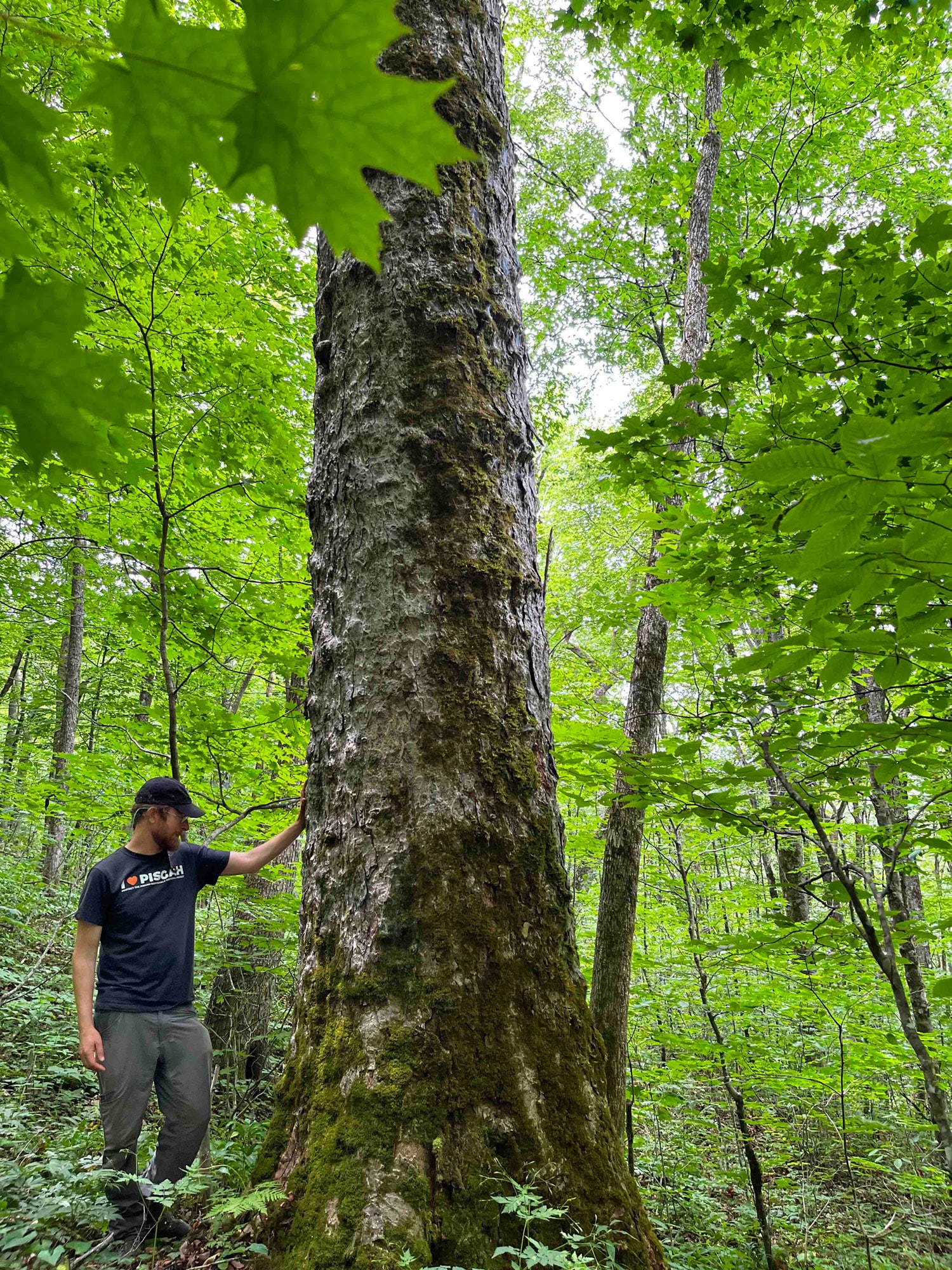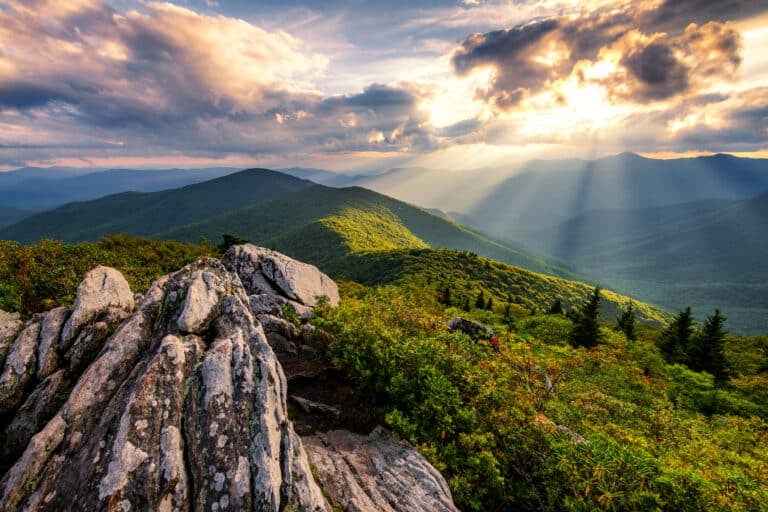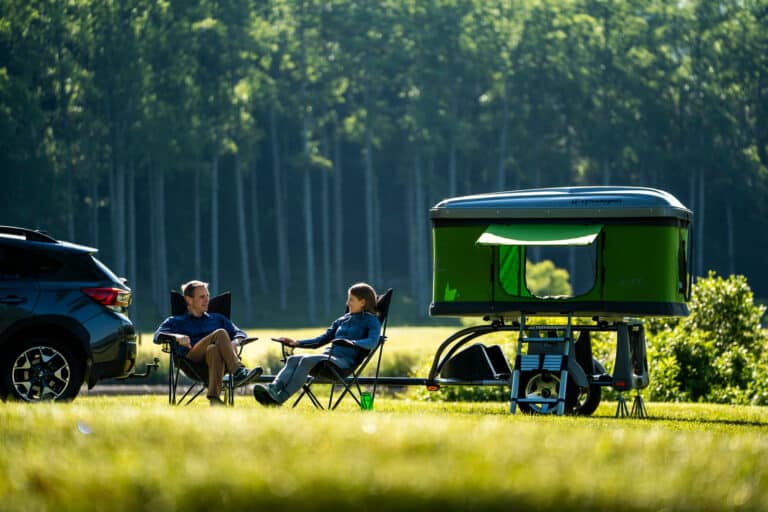Deep Cuts
Where you live, there was once an ancient forest. Just a few hundred years ago, the entire Eastern U.S. was blanketed by towering trees and old-growth forests.
Then, in just a century or so, we cut down nearly all of them. Today, less than 0.1 percent of old-growth forests remain. And nearly all of them are found on public lands.
These last scraps of beautiful ancient forest are almost completely unprotected. National forests—where most of the remaining mature and old-growth forests are found—have no permanent protections from logging. After enormous public outcry, the Forest Service is taking public comments now on how they should manage our old forests. Your voice is critical.
Ancient forests on the chopping block
In the Pisgah-Nantahala National Forest, pockets of old-growth forest persist in deep coves and on steep slopes. Many of these last remaining ancient forests are specifically targeted for logging in the new Pisgah-Nantahala Forest Plan released earlier this year.
One such timber sale will bring bulldozers to the headwaters of the Chattooga River, a Wild and Scenic River and beloved whitewater paddling and fly-fishing destination. The Southside logging project will clearcut a known, inventoried old-growth forest in the Chattooga River watershed.
Public comments have flooded the Forest Service opposing the Southside logging project. The Forest Service has acknowledged that this forest is rare old growth, yet it is still barreling forward. An iconic river will be degraded, and an ancient forest will be lost.
Often, the Forest Service disguises their logging of mature and old-growth forests by using misleading and deceitful language. In the Pisgah-Nantahala National Forest, they have created a so-called “old-growth forest network.” However, this network consists mostly of young, recently cut forests. Meanwhile, most of the actual old-growth forests are targeted for logging.
The Forest Service is quadrupling logging in the Pisgah-Nantahala National Forest, and it is ramping up logging across the country.
Why old-growth matters to you
Mature and old-growth forests save money and lives. They are our best natural defense against climate change. Mature and old-growth forests absorb 13% of our nation’s annual carbon emissions. They also are natural air conditioners, cooling and purifying the air that we breathe.
Mature and old-growth forests shelter an astonishing diversity of plants and animals. Southern Appalachian forests are some of the most biologically diverse in the temperate world. These forests are a global hotspot for salamanders, fish, mussels, and crayfish, and they shelter many rare and endangered plants.
They also protect drinking water for millions of Americans. Most drinking water supplies in the Eastern U.S. are protected by mature and old-growth forests on national forestlands.
And old growth forests protect us from wildfire. Lush, humid old-growth forests with thick-barked trees are the least likely to burn, and their thick soils hold moisture like a sponge. Recently logged forests have much more flammable undergrowth and are drier and windier, allowing wildfire to spread more quickly.
Old-growth forests are often popular recreation destinations, too. The proposed Craggy National Scenic Area in North Carolina is home to world-class trout streams, trails (including North Carolina’s state footpath), tumbling waterfalls—and 4,000 acres of old-growth forests.
Public vs. private
Old-growth forests are oases for recreation, clean water, and wildlife. But these same forests are also targeted by the Forest Service for clearcuts. Even though national forests are publicly owned by all American taxpayers, the Forest Service routinely allows private companies and organizations to clearcut our old-growth forests for private profit.
Of course, we need wood and other forest products—and privately owned forests already provide most of them. Private forests provide 96 percent of all forest products in the U.S. We don’t need industrial logging on national forests, which make up less than two percent of lands in the Eastern U.S. but contain nearly all the old-growth forests.
Meanwhile, logging on national forests costs taxpayers billions. Logging projects operate at a net loss of $1 billion to taxpayers each year. And that doesn’t include the cost of polluted drinking water, decades of repeated pesticide applications and their downstream impacts, proliferation of invasive species, carbon loss, biodiversity loss, recreational impacts, and streams clogged with sediment.
There are plenty of private lands for logging. We don’t need to log the mature and old-growth forests on national forestlands. These should be a natural heritage for all Americans—including future generations—to enjoy.
A once-in-a-generation opportunity
Finally, here is some good news: The Biden administration recently completed an inventory of all the mature and old-growth forests in national forests. They found more than 24 million acres of old growth and 65 million acres of mature forests nationwide. Definitions vary by region and forest type, but mature forests are generally around 70-80 years old, and old-growth forests are typically at least 100 years old.
Now, the administration has issued a notice for a possible rule to permanently protect these mature and old growth forests.
“This is a once-in-a-generation opportunity to protect the most ancient and biologically diverse forests in the country,” says Hannah Furgiuele, program director of Forest Keeper. “But it will require a deluge of public support. These forests belong to all of us.”
Public comments are critical. You can submit comments until July 20. Tell the Forest Service that you want a rule to permanently protect mature and old-growth forests on national forestlands. They are worth far more standing than cut down.
SPEAK FOR THE TREES: Attend the virtual public hearing on the old-growth forests rule on July 13 at 7pm. You can register here. Or sign on to comments and learn more at climate-forests.org.
Cover photo: Josh Kelly stands in an old-growth forest targeted for logging in the Nantahala National Forest, N.C. Photo by Will Harlan.







